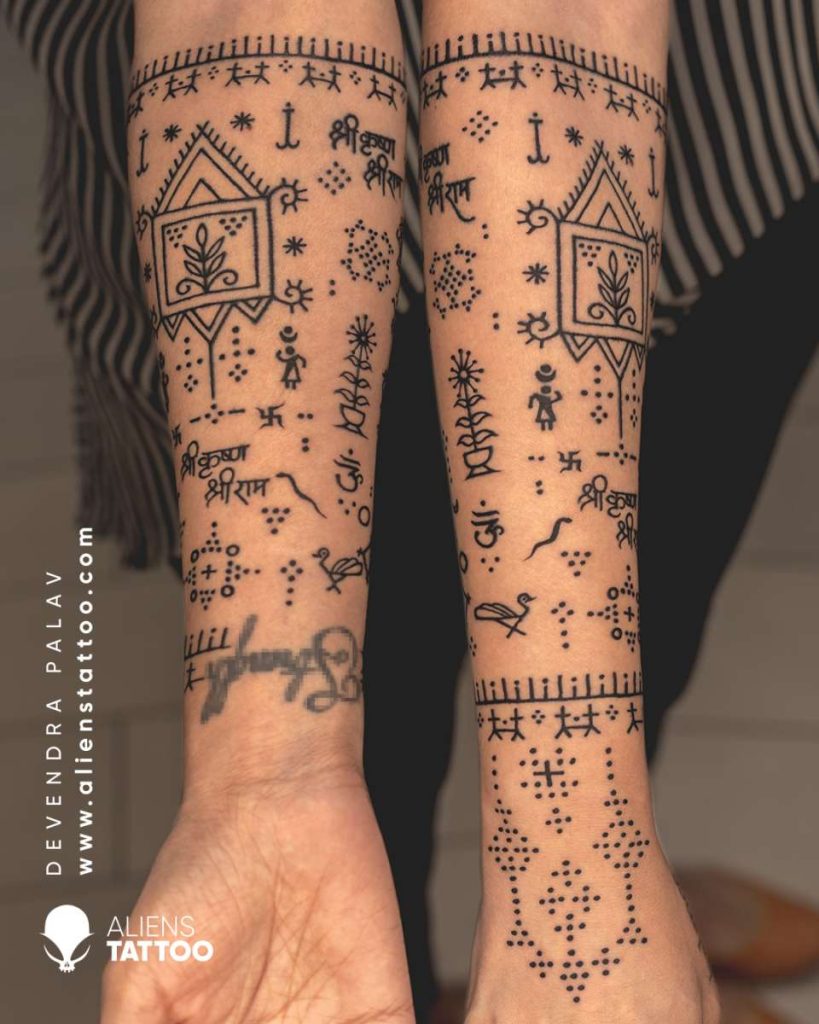A menstrual cup can hold between 15-25 ml of blood (depending on the size), much more than a regular tampon or pad. As a result, you can hold use a menstrual cup for up to 8 hours without the hassles of changing it or getting rashes…reports Asian Lite News
The menstrual cup is a sort of reusable feminine hygiene tool. It is a silicone cup that is flexible and funnel-shaped and is put into the vaginal canal to collect period fluid. Cups, in addition to storing more blood than other methods, are a more environmentally friendly option to non-biodegradable tampons and sanitary pads. In contrast, a menstrual cup can be reused for up to ten years. All you have to do is drain the cup when it’s full, wash it, and replace it.
Deep Bajaj, co-founder and CEO of Sirona Hygiene discusses menstrual cups in detail…
What Are The Benefits Of Using A Menstrual Cup?
Deep Bajaj:
Environment Friendly: The fact that a menstrual cup is environmentally friendly is one of the main benefits. Unlike sanitary pads that take over 500 years to decompose, menstrual cups are reusable and hence last for years.
Pocket-Friendly: Due to the fact that they are reusable and last for almost a decade, they ultimately prove to be significantly less expensive than numerous packs of single-use period products.
Safer than other sanitary items: The majority of pads and tampons in the market contain toxic chemicals and synthetic materials that can irritate your sensitive genital skin and disrupt the vagina’s pH. Additionally, intimate skin is more porous, allowing chemicals and toxins to enter your body. good quality menstrual cups then again, are made of medical-grade silicone and don’t upset the regular pH of the vagina or aggravate the delicate genital skin.

Comfortable and Covered: A menstrual cup provides leak-proof protection for eight hours straight, while pads and tampons need to be changed every three to four hours. They additionally keep clamminess and rashes away as they don’t interact with the genital skin, keeping the region new and damp-free the entire day.
It holds more blood: A menstrual cup can hold between 15-25 ml of blood (depending on the size), much more than a regular tampon or pad. As a result, you can hold use a menstrual cup for up to 8 hours without the hassles of changing it or getting rashes.
How to choose the right menstrual cup?
Deep Bajaj: Menstrual cups come in different sizes based on factors such as age, childbirth history, and flow intensity. Brands provide guidelines to help you choose the appropriate size.
How To Use a Menstrual Cup
Deep Bajaj: It’s important to sterilize a menstrual cup before using it. Menstrual cups do not need to be sterilized every time you empty them during your period, a simple wash with mild soap and water will suffice. But pre and post cycle the cup should be sterilized in boiling water or using a menstrual cup sterilizer.
How to insert a menstrual cup?
Deep Bajaj: It is important that you are relaxed when inserting the menstrual cup, especially until the time you understand how it works. All you have to do is sterilize the cup, fold, insert, and check and you are done. You can use one of the following methods to fold the cup before insertion:
Punch-Down Fold: The shell fold, also known as the punch-down fold, is a great way to use a menstrual cup. It is effective for those who have trouble opening their menstrual cup after insertion. The correct method is as follows:
Step 1: First, thoroughly wash your hands and the cup.
Step 2: With one hand, hold your menstrual cup. Then, at that point, push one side of the edge down into the cup with the forefinger of the other hand.
Step 3: To insert the fold and keep it in place, pinch the sides of the rim together.
C/U Fold: Menstrual cups are folded C-shaped or U-shaped when the top rim is folded in half. Both folding techniques aim to make the menstrual cup smaller and more compact for insertion. Once inside the vagina, the cup unfolds and forms a seal, collecting menstrual flow until it’s time to empty and clean the cup.
Step 1: Flatten the menstrual cup by pinching the sides
Step 2: Fold it in half to form the shape of a ‘C’ or a ‘U, and insert
7 Fold: This menstrual cup folding is about getting the shape of the cup to the number 7. They are primarily used to reduce the diameter of the menstrual cup for easier insertion.

Step 1: Pinch on either side of the rim of the cup to join them and flatten it
Step 2: Pull one end of the rim diagonally across to the opposite side of the cup to create the number 7.
Triangle Fold: The triangle fold is similar to the seven-fold method. The triangle fold is popular among individuals who find it easier to insert a narrower portion of the cup.
Step 1: Flatten the cup by pinching the rim.
Step 2: Cross over the opposite side of the cup by pulling one end of the rim diagonally across it. Cup will be ready for insertion once this forms a triangle.
ALSO READ-Signs of healthy menstrual cycle








